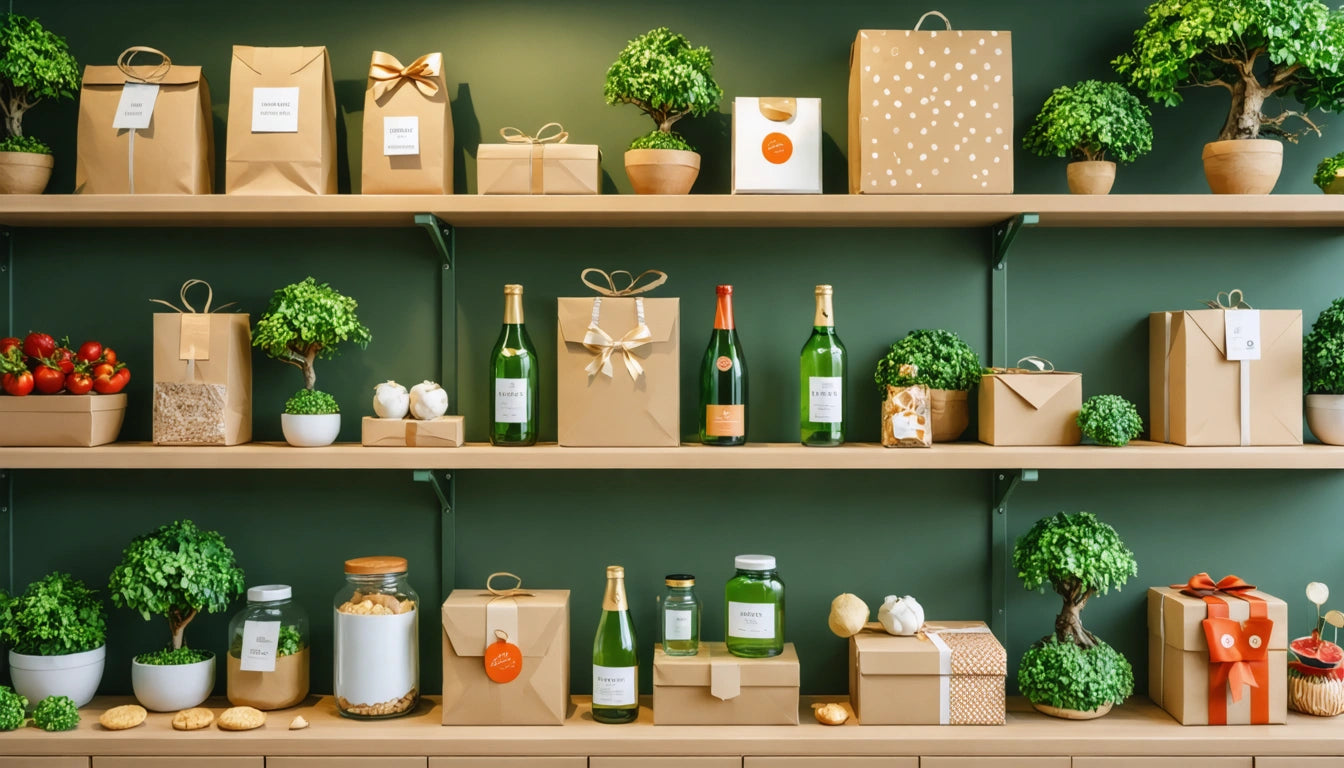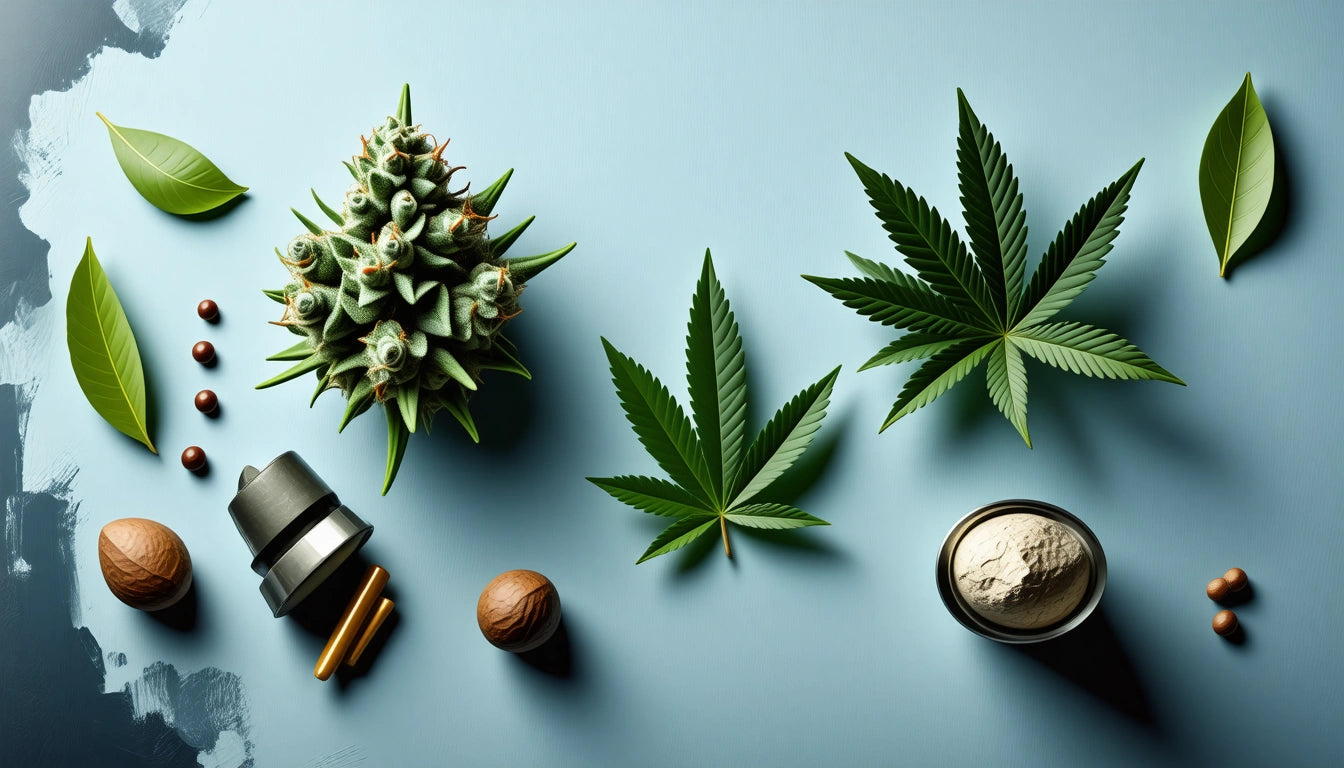Table of Contents
- Eco Packaging Market Trends: What Consumers Demand
- Innovative Compostable Materials Transforming Packaging
- Circular Packaging Systems: Beyond Single-Use
- Visual Eco-Storytelling: Making Sustainability Visible
- Implementation Strategies for Sustainable Packaging
- Future Eco-Packaging Innovations: What's Next in Sustainability
Compostable, Cool & Cutting-Edge: Eco Packaging Ideas That Sell
Sustainable packaging has evolved from a niche concern to a market necessity. Today's consumers actively seek brands that demonstrate environmental responsibility through innovative packaging solutions. This shift presents both challenges and opportunities for businesses looking to reduce their ecological footprint while maintaining product integrity and visual appeal.
Eco Packaging Market Trends: What Consumers Demand
Recent market research shows that 73% of consumers are willing to pay more for products with sustainable packaging. This consumer preference has created a competitive advantage for brands embracing eco-friendly solutions. The most successful sustainable packaging strategies balance environmental benefits with practical considerations like durability, cost-effectiveness, and shelf appeal.
Many brands are finding success with innovative eco packaging ideas that maintain product protection while reducing environmental impact. For instance, our environmentally conscious custom mylar bags for cannabis products demonstrate how functionality and sustainability can work together effectively.
Innovative Compostable Materials Transforming Packaging
Mushroom-Based Packaging
Mushroom packaging utilizes mycelium (fungal root structures) to create sturdy, fully compostable packaging materials. This innovative solution breaks down completely in home compost systems within 45-90 days, offering a viable alternative to styrofoam and other petroleum-based packaging materials.
Seaweed and Plant-Based Films
Edible and biodegradable films made from seaweed, rice paper, and other plant materials are revolutionizing food packaging. These materials, explored in this article on edible packaging, dissolve completely after use, eliminating waste entirely.
Bioplastics Evolution
The bioplastics industry continues to advance with improved materials that offer better performance characteristics. However, as discussed in this bioplastic overview, not all bioplastics are created equal. Understanding the differences between PLA, PHA, and other varieties is crucial for making truly sustainable choices.
Circular Packaging Systems: Beyond Single-Use
Moving beyond material substitution, circular packaging systems represent a paradigm shift in how products are delivered and consumed. These systems focus on keeping packaging materials in use through reuse, refill, or return models.
Refillable Container Programs
Refillable packaging systems allow customers to reuse containers multiple times, significantly reducing waste. These programs work particularly well for products like soaps, detergents, and dry goods. The initial investment in durable containers pays dividends through reduced packaging costs over time and increased customer loyalty.
Closed-Loop Systems
In closed-loop packaging models, brands take responsibility for collecting, cleaning, and redistributing packaging. This approach creates a continuous cycle that eliminates waste while building stronger customer relationships through repeated touchpoints.
Visual Eco-Storytelling: Making Sustainability Visible
Effective sustainable packaging doesn't just reduce environmental impact. It communicates that impact clearly to consumers. This visual storytelling aspect, detailed in this eco-visibility guide, helps brands translate their environmental commitments into tangible customer value.
- Use transparent design elements that showcase natural materials
- Incorporate educational components about proper disposal
- Employ minimalist design that reflects reduced material usage
- Utilize eco-certification logos that consumers recognize
- Consider packaging color psychology that evokes natural elements
Implementation Strategies for Sustainable Packaging
Transitioning to sustainable packaging requires careful planning and execution. Companies should consider these practical steps:
Material Assessment and Selection
Begin by evaluating current packaging materials against alternatives using lifecycle assessment tools. Consider whether compostable or recyclable options make more sense for your specific product and distribution channels.
Phased Implementation
Rather than attempting a complete overhaul, consider a gradual transition. Start with high-visibility products or components that offer the greatest environmental benefit. This approach allows for testing and refinement before full-scale implementation.
Supply Chain Collaboration
Work closely with suppliers to identify innovative solutions and ensure consistent material availability. Many packaging innovations require new supply relationships or adaptations to existing ones.
Future Eco-Packaging Innovations: What's Next in Sustainability
The sustainable packaging landscape continues to evolve rapidly. Forward-thinking brands are already exploring the next generation of eco-friendly solutions, including:
Smart packaging technologies that extend product shelf life and reduce food waste. Carbon-negative materials that actually remove greenhouse gases during production. Waterless product formulations that reduce packaging needs entirely. Packaging that biodegrades in marine environments, addressing ocean plastic concerns.
As consumer expectations and regulatory requirements continue to evolve, brands that invest in sustainable packaging innovation now will be better positioned for future success. The most effective approaches will balance environmental benefits with practical business considerations, creating packaging solutions that truly sell themselves through their innovative design and genuine sustainability credentials.











Leave a comment
All comments are moderated before being published.
This site is protected by hCaptcha and the hCaptcha Privacy Policy and Terms of Service apply.